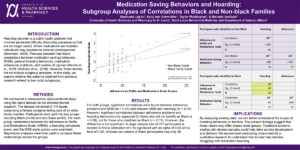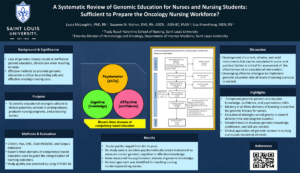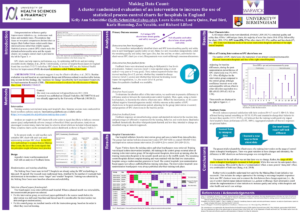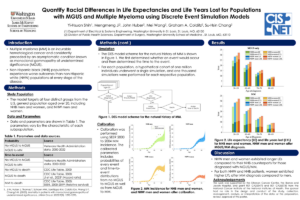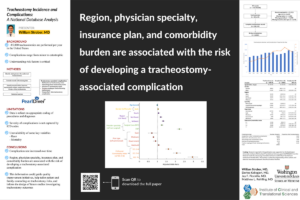Introduction: Medication hoarding describes a persistent difficulty of discarding or parting with medications that are no longer useful. This behavior can result in mis-dosing and inappropriate sharing, leading to adverse consequences (Sorenson, 2005). Previous research has found correlations between medication savings behavior, hoarding, and medication adherence (Warren et al., 2019; VanDyke et al., 2018), but […]
18. Medication Saving Behaviors and Hoarding: Subgroup Analyses of Correlations in Black and Non-black Families
